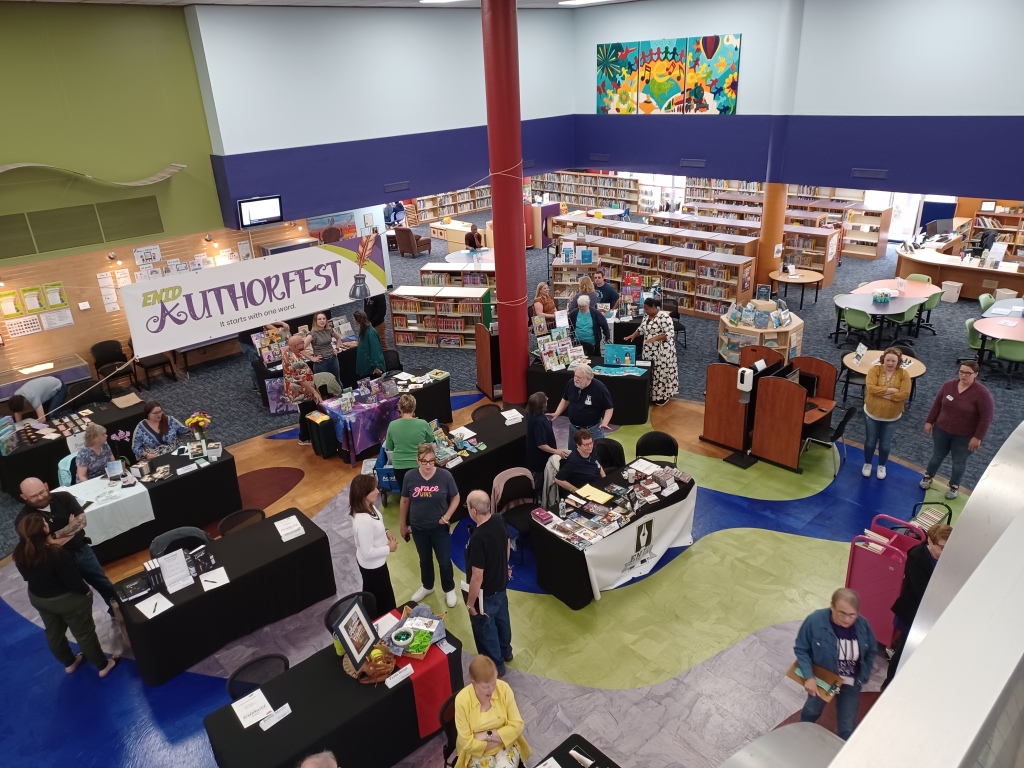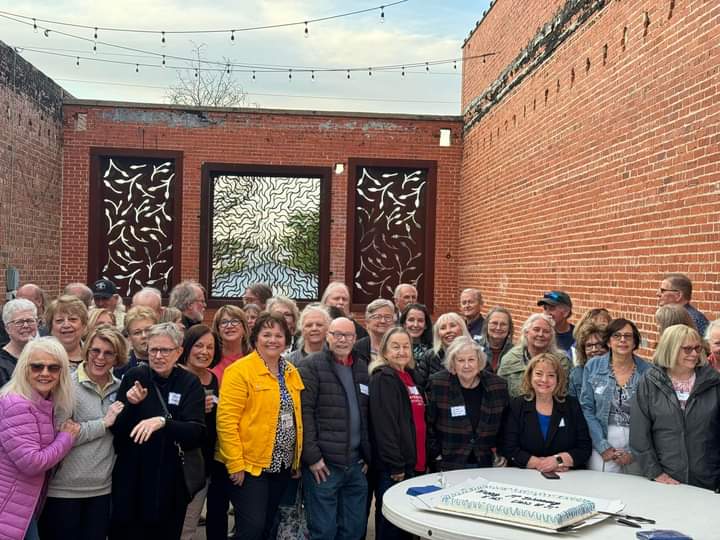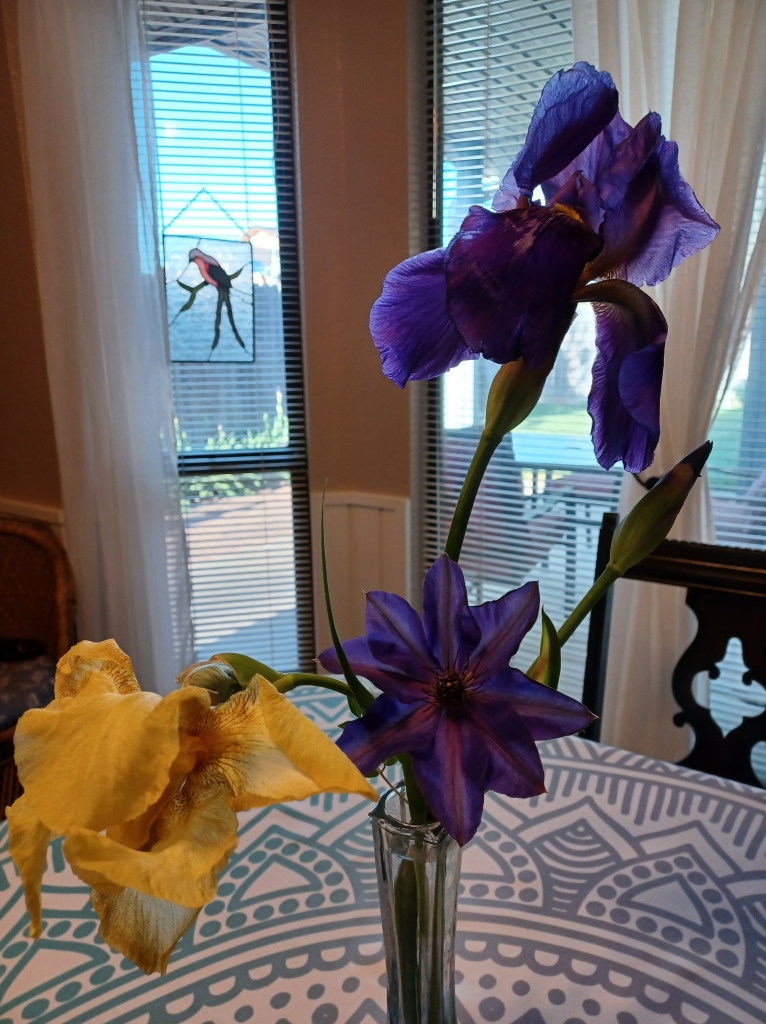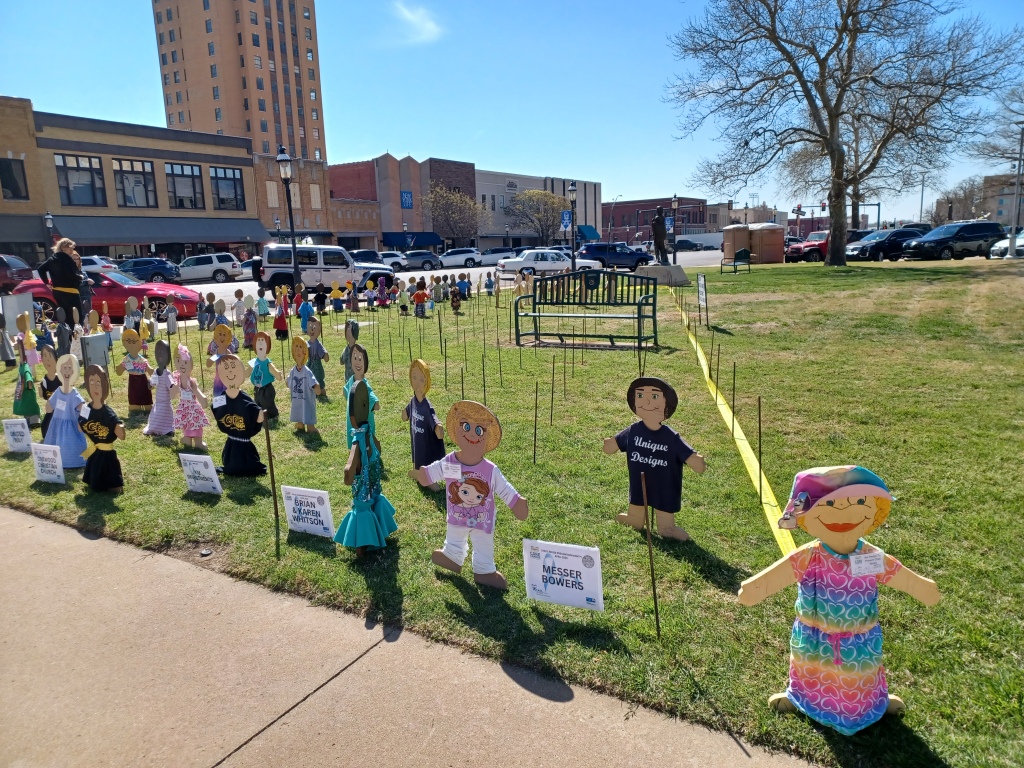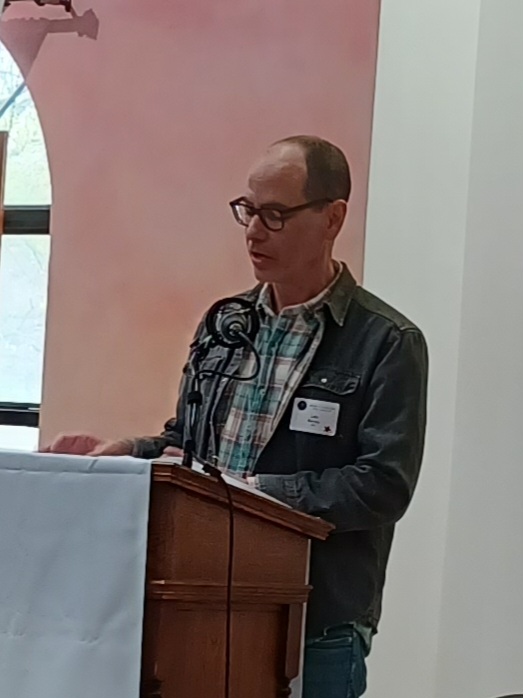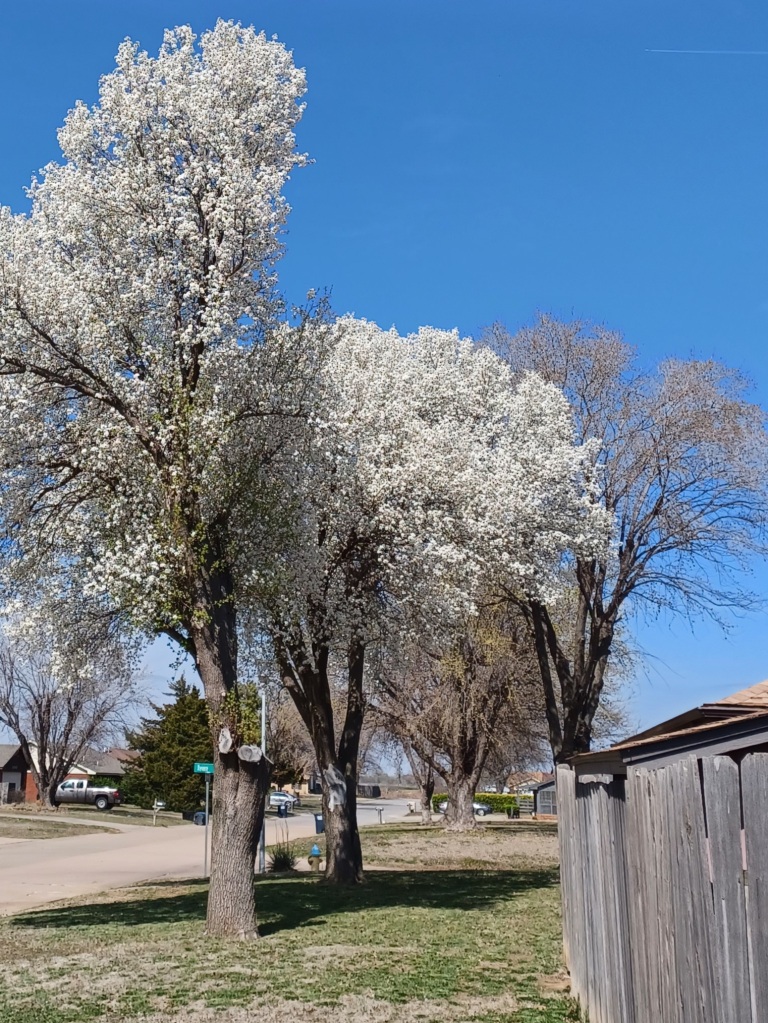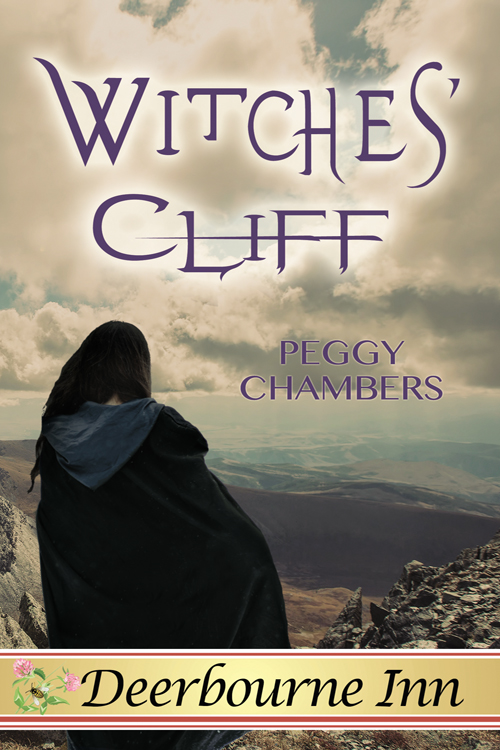
It’s Mother’s Day! A day to celebrate mothers across the world and all that they have accomplished.
My grandmother had 8 children during the Great Depression in Arkansas and grew a huge vegetable garden along with chickens, orchards, and a milk cow. Everything a family could need. She worked hard and no one went hungry.
My mother only had 3 but she kept a house so clean you could eat off the floor and cooked most every meal, made most every dress, and no one went hungry.
It is a thing in my family, no one ever goes hungry! I’ve cooked my share of meals too. I was a young mother of 2 and now a grandmother of 5—all grown and on their own. All accomplished and no one goes hungry! (That’s a thing with mothers you know, constant worry about not doing their job)
My family took me out to a nice Italian restaurant last night to celebrate the mothers in the group. I loved seeing all of them as usual.
Mothers are the salt of the earth (so are fathers, but that is another blog). They worry, plan, and try to make sure the whole family is happy, healthy, and sometimes wise.
I was a mother too young, and then they were gone too soon. But I loved what I did and still do. I’d do it again. But that is Another Story another Time. Happy Mother’s Day!
What are you reading/writing this week?



